Yo Hey US People Who Sent In Absentee Ballots, They Are Tossing Mail-in Ballots For No Reason. I Just
yo hey US people who sent in absentee ballots, they are tossing mail-in ballots for no reason. i just had to call my county board of elections and demand a cure for my ballot because north carolina didn't send out any notices of issues with ballots, and the issues are fake. if you voted by mail-in make sure your ballot was actually counted
More Posts from Thekingsbutler and Others
EVERYONE SHUT THE FUCK UP SCIENTISTS AT THE SCHMIDT OCEAN INSTITUTE HAVE FOOTAGE OF A LIVE COLOSSAL SQUID FOR THE FIRST TIME EVER !!!!!!!!!!!!!!!!!!!
🦑‼️🦑‼️🦑‼️🦑‼️🦑‼️🦑
I moved last year to a new state and the isolation was getting to me, so I joined the writer's group at the local library. I love it so much, it keeps me connected to folks AND helps me with my writing.
Support libraries.
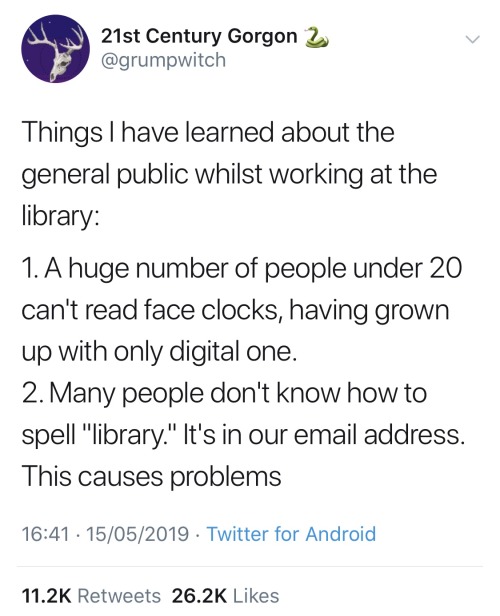
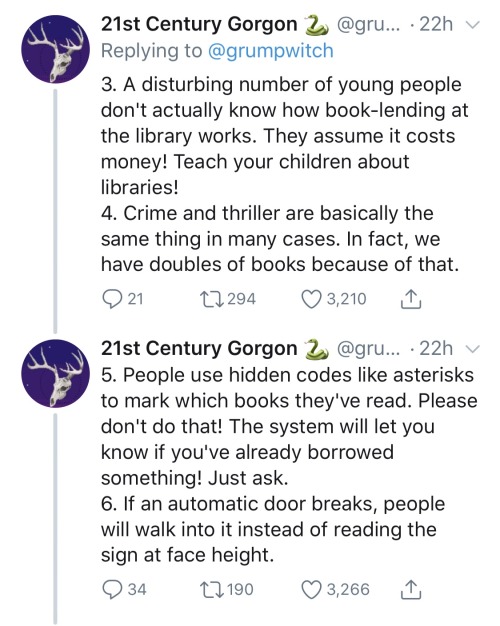
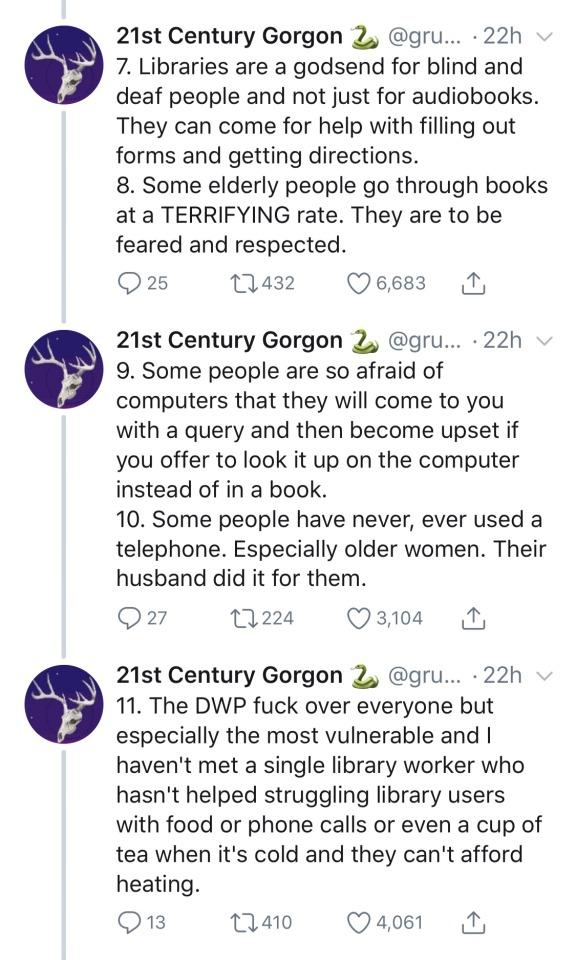

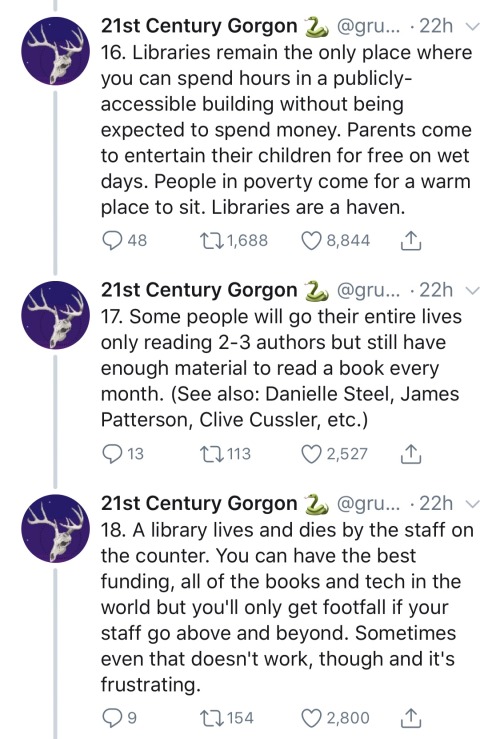
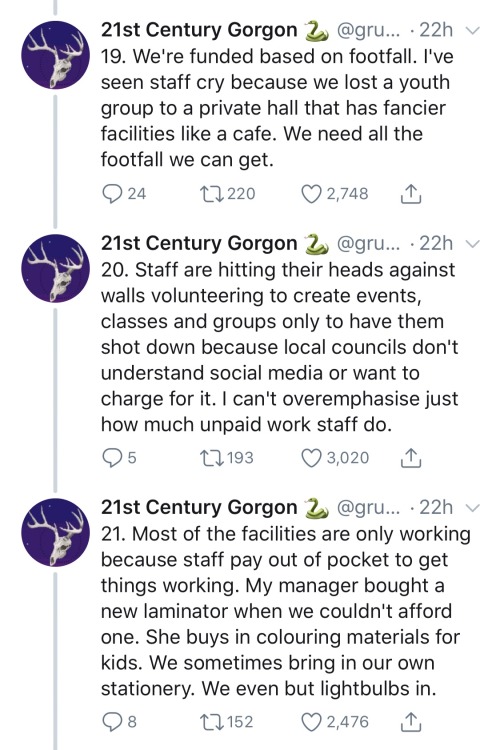
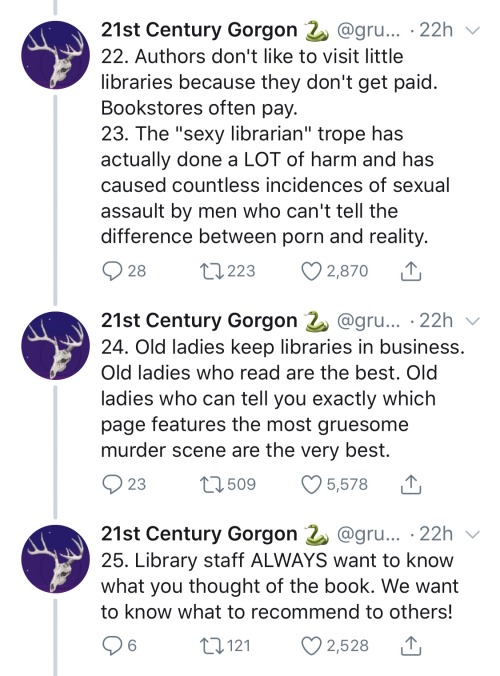

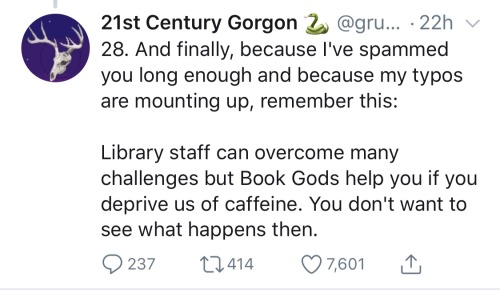
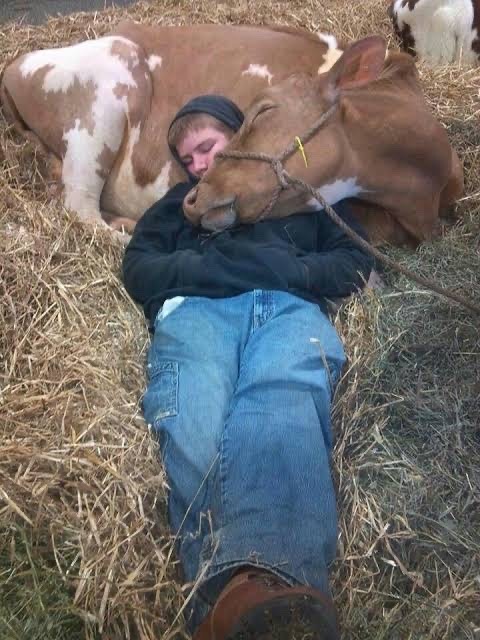


A porcupine’s Halloween present (+ original sound effects)
What is a ‘wug’?
If you’ve been to linguist tumblr (lingblr), you might have stumbled upon this picture of a funny little bird or read the word ‘wug’ somewhere. But what exactly is a ‘wug’ and where does this come from?
The ‘wug’ is an imaginary creature designed for the so-called ‘wug test’ by Jean Berko Gleason. Here’s an illustration from her test:

“Gleason devised the Wug Test as part of her earliest research (1958), which used nonsense words to gauge children’s acquisition of morphological rules—for example, the “default” rule that most English plurals are formed by adding an /s/, /z/ or /ɨz/ sound depending on the final consonant, e.g., hat–hats, eye–eyes, witch–witches. A child is shown simple pictures of a fanciful creature or activity, with a nonsense name, and prompted to complete a statement about it:
This is a WUG. Now there is another one. There are two of them. There are two ________.
Each “target” word was a made-up (but plausible-sounding) pseudoword, so that the child cannot have heard it before. A child who knows that the plural of witch is witches may have heard and memorized that pair, but a child responding that the plural of wug (which the child presumably has never heard) is wugs (/wʌgz/, using the /z/ allomorph since “wug” ends in a voiced consonant) has apparently inferred (perhaps unconsciously) the basic rule for forming plurals.
The Wug Test also includes questions involving verb conjugations, possessives, and other common derivational morphemes such as the agentive -er (e.g. “A man who ‘zibs’ is a ________?”), and requested explanations of common compound words e.g. “Why is a birthday called a birthday?“ Other items included:
This is a dog with QUIRKS on him. He is all covered in QUIRKS. What kind of a dog is he? He is a ________ dog.
This is a man who knows how to SPOW. He is SPOWING. He did the same thing yesterday. What did he do yesterday? Yesterday he ________.
(The expected answers were QUIRKY and SPOWED.)
Gleason’s major finding was that even very young children are able to connect suitable endings—to produce plurals, past tenses, possessives, and other forms—to nonsense words they have never heard before, implying that they have internalized systematic aspects of the linguistic system which no one has necessarily tried to teach them. However, she also identified an earlier stage at which children can produce such forms for real words, but not yet for nonsense words—implying that children start by memorizing singular–plural pairs they hear spoken by others, then eventually extract rules and patterns from these examples which they apply to novel words.
The Wug Test was the first experimental proof that young children have extracted generalizable rules from the language around them, rather than simply memorizing words that they have heard, and it was almost immediately adapted for children speaking languages other than English, to bilingual children, and to children (and adults) with various impairments or from a variety of cultural backgrounds. Its conclusions are viewed as essential to the understanding of when and how children reach major language milestones, and its variations and progeny remain in use worldwide for studies on language acquisition. It is "almost universal” for textbooks in psycholinguistics and language acquisition to include assignments calling for the student to carry out a practical variation of the Wug Test paradigm. The ubiquity of discussion of the wug test has led to the wug being used as a mascot of sorts for linguists and linguistics students.”
Here are some more illustrations from the original wug test:



Sources:
Wikipedia, All Things Linguistic
So hey, to anyone who does femme historical fashion anywhere between 1885 and 1950-
Cornell University has the entire archives of Good Housekeeping up from that time period. And Good Housekeeping used to have English-language fashion plates with clear instructions as to fabric, colour, and cut.
They were ads for the personal shopping service Good Housekeeping apparently??? ran around this time???? and they are a fucking goldmine if you're remotely interested in fashion history or if you're looking to build a 20th century historical wardrobe.
Just, like, look at this?????

An itemized layout of every piece of a young bride's (aspirational) wardrobe in 1930. Including prices. And then below it, a fashion plate, with English-language descriptions of what all these things are and what fabrics they're made of. And an ad for Good Housekeeping's fucking personal shopping service again. XD
IDK, most people who do historical fashion on any kind of serious level probably already know about this??? but I didn't and was stunned and overjoyed to find out that this existed. my research at the library gave me a bunch of high-level overviews that weren't helpful for more than colour and cut.
SO YEAH. THANK YOU CORNELL UNIVERSITY.

Carry Myself Cute
Collage for Lucius from Our Flag Means Death.
Also phone background sized so feel free to use!

Motivated By Death
A collage inspired by Hannibal.

-
 lgbtiqrefugeesblog liked this · 3 months ago
lgbtiqrefugeesblog liked this · 3 months ago -
 bookishsparrow liked this · 3 months ago
bookishsparrow liked this · 3 months ago -
 thepurpleether liked this · 3 months ago
thepurpleether liked this · 3 months ago -
 barefoot-inthewildestwinter liked this · 3 months ago
barefoot-inthewildestwinter liked this · 3 months ago -
 cragstrider-blog liked this · 3 months ago
cragstrider-blog liked this · 3 months ago -
 shiiko529 liked this · 4 months ago
shiiko529 liked this · 4 months ago -
 aro-ace-in-space liked this · 4 months ago
aro-ace-in-space liked this · 4 months ago -
 dmao reblogged this · 4 months ago
dmao reblogged this · 4 months ago -
 consistently-cool-catgirl reblogged this · 4 months ago
consistently-cool-catgirl reblogged this · 4 months ago -
 annefraid liked this · 4 months ago
annefraid liked this · 4 months ago -
 hazelartz liked this · 4 months ago
hazelartz liked this · 4 months ago -
 whats-paper liked this · 4 months ago
whats-paper liked this · 4 months ago -
 asuperscienceguy reblogged this · 4 months ago
asuperscienceguy reblogged this · 4 months ago -
 cant-reed liked this · 5 months ago
cant-reed liked this · 5 months ago -
 tenacioustacodestiny reblogged this · 5 months ago
tenacioustacodestiny reblogged this · 5 months ago -
 dorosesdreamofcloudysheep reblogged this · 5 months ago
dorosesdreamofcloudysheep reblogged this · 5 months ago -
 amirkarim liked this · 5 months ago
amirkarim liked this · 5 months ago -
 glorioustidalwavedefendor reblogged this · 5 months ago
glorioustidalwavedefendor reblogged this · 5 months ago -
 glorioustidalwavedefendor reblogged this · 5 months ago
glorioustidalwavedefendor reblogged this · 5 months ago -
 guhpep liked this · 5 months ago
guhpep liked this · 5 months ago -
 amarsis-atensephi reblogged this · 5 months ago
amarsis-atensephi reblogged this · 5 months ago -
 amarsis-atensephi liked this · 5 months ago
amarsis-atensephi liked this · 5 months ago -
 glorioustidalwavedefendor reblogged this · 5 months ago
glorioustidalwavedefendor reblogged this · 5 months ago -
 glorioustidalwavedefendor reblogged this · 5 months ago
glorioustidalwavedefendor reblogged this · 5 months ago -
 cthulusposts reblogged this · 5 months ago
cthulusposts reblogged this · 5 months ago -
 coffee-and-cinamon reblogged this · 5 months ago
coffee-and-cinamon reblogged this · 5 months ago -
 glorioustidalwavedefendor reblogged this · 5 months ago
glorioustidalwavedefendor reblogged this · 5 months ago -
 glorioustidalwavedefendor reblogged this · 5 months ago
glorioustidalwavedefendor reblogged this · 5 months ago -
 princejustwinced liked this · 5 months ago
princejustwinced liked this · 5 months ago -
 bleuburdskye liked this · 5 months ago
bleuburdskye liked this · 5 months ago -
 my-chaotic-soul liked this · 5 months ago
my-chaotic-soul liked this · 5 months ago -
 certifiedgirlthing reblogged this · 5 months ago
certifiedgirlthing reblogged this · 5 months ago -
 glorioustidalwavedefendor reblogged this · 5 months ago
glorioustidalwavedefendor reblogged this · 5 months ago -
 glorioustidalwavedefendor reblogged this · 5 months ago
glorioustidalwavedefendor reblogged this · 5 months ago -
 cpt-of-the-ship reblogged this · 5 months ago
cpt-of-the-ship reblogged this · 5 months ago -
 glorioustidalwavedefendor reblogged this · 5 months ago
glorioustidalwavedefendor reblogged this · 5 months ago -
 glorioustidalwavedefendor reblogged this · 5 months ago
glorioustidalwavedefendor reblogged this · 5 months ago -
 alysshawke liked this · 5 months ago
alysshawke liked this · 5 months ago -
 glorioustidalwavedefendor reblogged this · 5 months ago
glorioustidalwavedefendor reblogged this · 5 months ago -
 glorioustidalwavedefendor reblogged this · 5 months ago
glorioustidalwavedefendor reblogged this · 5 months ago -
 glorioustidalwavedefendor reblogged this · 5 months ago
glorioustidalwavedefendor reblogged this · 5 months ago -
 glorioustidalwavedefendor reblogged this · 5 months ago
glorioustidalwavedefendor reblogged this · 5 months ago -
 da363 reblogged this · 5 months ago
da363 reblogged this · 5 months ago -
 faceted-tourmaline reblogged this · 5 months ago
faceted-tourmaline reblogged this · 5 months ago -
 butterscotchbaron liked this · 5 months ago
butterscotchbaron liked this · 5 months ago -
 glorioustidalwavedefendor reblogged this · 5 months ago
glorioustidalwavedefendor reblogged this · 5 months ago -
 glorioustidalwavedefendor reblogged this · 5 months ago
glorioustidalwavedefendor reblogged this · 5 months ago

Perpetually confused. Writing, collaging, others. All Pronouns. 20s.Started this for Ao3 stuff but let's see how it goes.https://archiveofourown.org/users/ButlerOfKings
140 posts